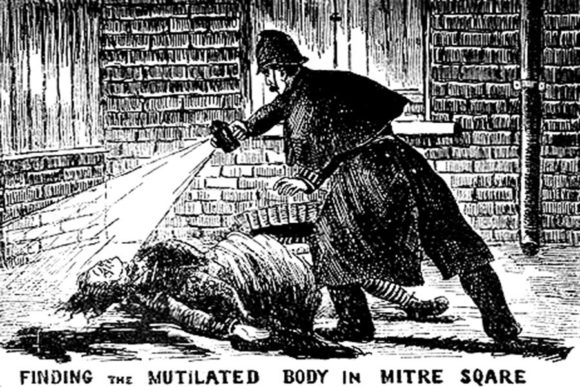Secret Society Paraphernalia and the People Who Manufactured It
Well someone had to be the makers of all the stuff those secret societies require, right?
From the ever-beloved Atlas Obscura,
DeMoulin Museum
“Spanking machines, fake goats, and more devices of humiliation are on display in this museum of fraternal initiation devices
Today the DeMoulin family is known as the largest maker of band uniforms in America, but their museum is devoted to their origins as manufacturers of bizarre initiation devices and costumes for a once-booming number of secret societies.
The DeMoulin’s odd business of fraternal machinery began in the late 1800s when Ed DeMoulin began working with his men’s group, the Modern Woodmen of America, to begin crafting goats that new members would have to ride as part of their initiation. Ed had previously patented a hilarious “trick camera” that would squirt water at the unknowing subject, so his move into the prank goat industry was a natural fit. The company’s popularity soon grew and other fraternal orders such as the Odd Fellows began looking to the “goat factory” for their goofy initiation needs. Soon the DeMoulins were making spanking machines, lung tester gags, and of course their rocking goats…”
For the rest, click here. (Pictures!)
Share


